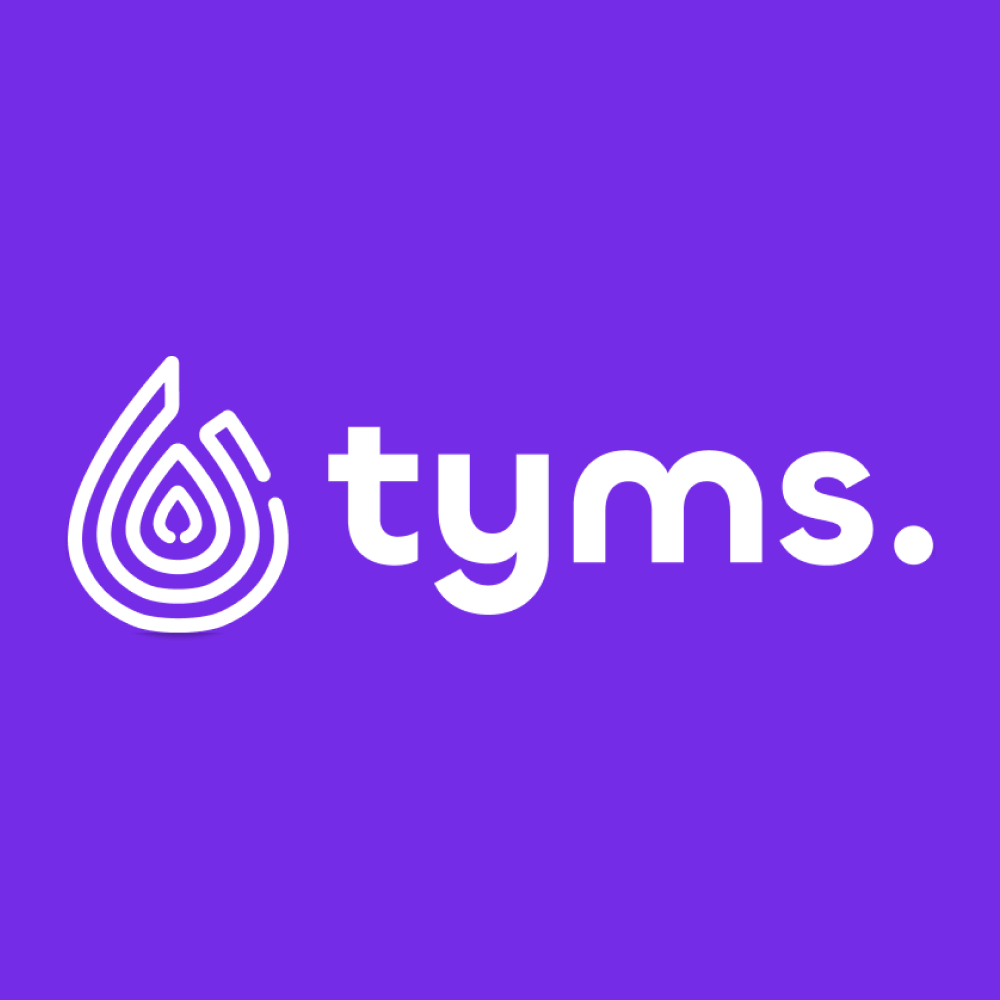The Inventory Module in Tyms Accounting software is your central hub for managing and tracking inventory seamlessly. It provides a comprehensive overview of inventory operations while allowing you to dive into specific features, such as creating items, managing restocks, and adjusting inventory.
This guide serves as an overview of the module, highlighting the general features, customization options, and insights available on the inventory dashboard. For detailed instructions on using specific features like creating an item or managing a purchase order, refer to the individual help guides provided.
Exploring the Inventory Module
Accessing the Inventory Module
- Log in to your Tyms account (https://app.tyms.io/auth/login).
- Navigate to the Inventory Module from the main menu.
Dashboard Overview
The Inventory Dashboard provides a snapshot of your inventory's performance, offering both numerical data and graphical representations. Key metrics include:
- Item Count: The total number of items in your inventory.
- Opening Inventory Balance: The value of inventory at the beginning of a specified period.
- Cost of Goods Sold (COGS): Total cost of items sold during a period.
- Closing Inventory Balance: The value of inventory at the end of a specified period.
- Turnover Rates: Insights into inventory movement and replenishment rates.
- Gross Profit and Total Sales: Summaries of financial performance.
- Purchase and Payment Details: Including payables due soon or overdue.
You can also customize the dashboard view by selecting specific periods, such as "This Year," "Last Year," or "All Time."
Filter and customize options across features
The Inventory Module offers robust filtering and customization options applicable to all key features, including:
- Items
- Item Categories
- Restocks
- Importing Items
- Purchase Orders
- Inventory Adjustments
- Composite Items
- Production Orders
Filtering Options:
- Filter by specific criteria, such as item categories, stock status (e.g., available, out of stock, raw materials), or custom time periods.
- Refine purchase orders and restocks by their statuses (e.g., Draft, Paid, Pending).
Column Customization:
- Choose which columns to display for a more focused view. For instance, on the Items page, you can include details like stock on hand, shelf life, cost, or selling price.
Next Steps
Now that you have an overview of the Inventory Module and its general features, proceed to the specific guides to learn how to:
- Create an Item: Add new inventory items with relevant details.
- Manage Item Categories: Organize your inventory using categories.
- Restock Inventory: Record and track restocking activities.
- Import Items: Streamline item additions using a spreadsheet.
- Create Purchase Orders: Manage procurement efficiently.
- Adjust Inventory Records: Account for changes in stock or pricing.
- Create Composite Items: Define products made from multiple raw materials. Add raw materials with respective quantities, and the system calculates costs for production.
- Manage Production Orders:
- Use production orders to track the manufacturing process for composite items.
- Move inventory from Raw Materials to Work in Progress (WIP) and finally to Finished Goods.
- Ensure real-time updates to inventory and cost accounts.
Each guide provides step-by-step instructions, ensuring you can make the most of the Inventory Module's capabilities.


